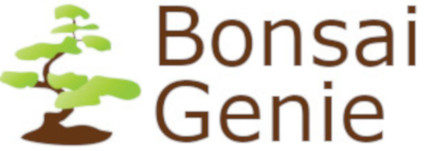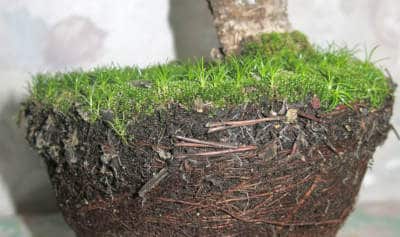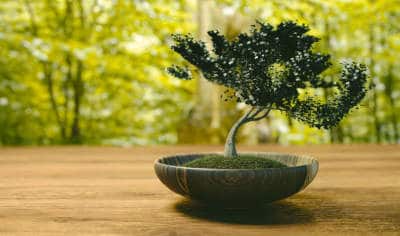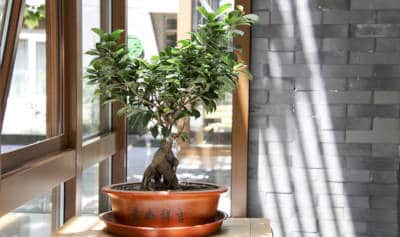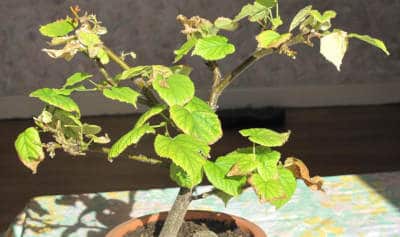What Is the Best Bonsai Style for Beginners?
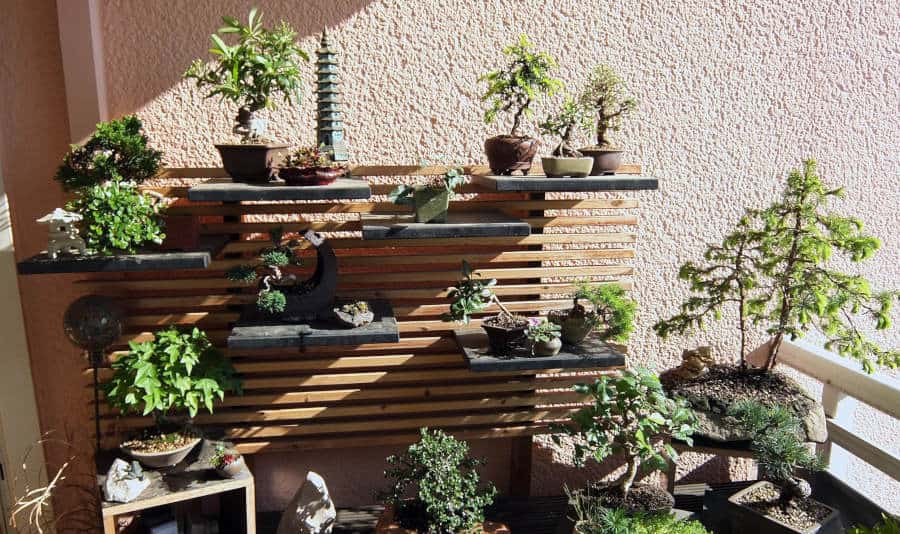
I’m looking to go beyond caring for the bonsai trees I obtained ready-made, and I want to start cultivating my own bonsai trees from small plants.
I’ve got some ideas about the types of tree I should be using, but I wanted to know what would be a good (say, fairly easy) bonsai style to create for a beginner like me.
What is the best bonsai styles for beginners? There are five basic styles of bonsai tree, formal upright, slant, informal upright, semi-cascade and cascade. The style that seems have offer the best combination of simplicity and margin for error, that could be suitable for beginners, is the informal upright style.
The first thing I wanted to do was find out about the main bonsai styles, and then I could try to get an overview of what’s involved in creating each of them.
I want to find a style that can be created with a minimal set of bonsai tools and that doesn’t need me to be very skilled in trimming, pruning and wiring.
The Main Styles of Bonsai Tree
Depending on which sources of information you use, there seems to be any number of basic bonsai tree styles between four and fifteen.
Some of the basic tree styles I came across appeared to include varieties based on the number of trunks (for a forest effect) and things like the tree growing on a rock.
I decided to just stick to basic styles of bonsai tree that were based on the arrangement of trunk, branches and leaves. This cut the number of basic styles down to four, or so I thought…
There’s an additional one that I wasn’t going to include, but I found some interesting information on how these styles came about. So I’ve gone with five basic styles.
So, five basic bonsai styles. This small number should be more manageable for a beginner like me to understand.
Origins of the Five Bonsai Styles
I find bonsai fascinating anyway, but some information I just found on the origins of the five basic bonsai styles really gave me an OMG! moment.
A book called Bonsai Techniques II by John Naka has an amazing image that illustrates this beautifully and the reasons why there are five basic styles suddenly made sense.
I’ll try to get access to the image and update this article to include it for illustration. The book is out of print, and copies area really expensive, so I’ll have to see if someone can provide me with the image.
Five Basic Bonsai Styles
These five basic bonsai styles are:
- Formal Upright
- Slant
- Informal Upright
- Semi-Cascade
- Cascade
The image shows bonsai trees growing in various positions on a cliff-face. The five styles represent trees that you might find growing on the various levels of slope along and up the cliff-face.
1. Formal Upright
At the bottom on the flat section you have the formal upright style growing on the flat surface. This grows vertically, as you might expect on flat ground.
2. Slant
As you start to move up the cliff-face, at about 30 degrees above horizontal, you would have trees growing in the slant style. In the slant style the whole trunk is growing in one direction, and you can imagine the tree trying to grow towards the sunlight, out of the shadow of the cliff.
3. Informal Upright
Further up the cliff the trees might start off growing out in the slant style, then the trunk grows vertically before growing outwards again. This can result in an S-shaped trunk, and this is what you see in the informal upright style.
4. Semi-Cascade
Still higher up the cliff the tree might start off growing out in the slant style, but then grow downwards in what is known as a semi-cascade style.
5. Cascade
Finally, near the top of the cliff the may may hardly grow outwards at all before the trunk starts to grow downwards. This is the cascade style.
Challenges with Each Bonsai Style
Thinking about bonsai styles like this has really helped me to make sense of these basic tree styles. I’m already starting to see what would the the easiest style for a beginner to start with, and why.
On the surface it seemed that the formal upright style would be the best option for a beginner to get started with creating their own bonsai. However, the formality of this style seems to require that the trunk is vertical and the branches are fairly symmetrical.
From the various forum posts on the topic I have read, people are saying that the formal upright style is deceptively simple. They say that quite a lot of skill is needed to achieve the appearance of simplicity that you get with this style of tree.
The other four basic styles appear to need fairly extensive wiring of the trunk and branches to achieve the desired appearance. At first I thought this might make things difficult, but the less formal style requirements could mean that it’s easier for a beginner to get good results.
The fairly straightforward shape of the upright styles would probably make it easiest to understand what needs to be done. This would make it easier for a beginner to get started.
The upright formality of the formal upright style (did I really just write that?) could be tricky to achieve. The informal upright style should be a little more forgiving, hopefully.
So, I believe the best style for a beginner like me to get started creating a bonsai tree is the informal upright style.
What Type of Tree Is Suitable for the Informal Upright Style?
Having decided to go for the informal upright style, you would need to choose a type of tree that is suitable for this style.
The tree will need a fairly straight trunk to begin with, and it will need branches all the way up and around the trunk.
One type of tree that should be suitable for this style is the pine, as they grow pretty straight naturally and have branches all the way up and around the trunk.
My bonsai starter kit had some Japanese Black Pine seeds. I have seen Black Pine trees in informal upright and other styles, so that could be a good starting point.
The only problem is that the plants from my seeds are still quite small, and are some way off being ready for development into a bonsai tree. Fortunately, you can buy very small Japanese Black Pine trees from a variety of sources.
For example, I just found one on eBay that is about six inches tall. The vendor says “they make great bonsai and are ideal for a novice”, so that helps to confirm I’m on the right track. Although the trees are available online, I’m going to go and get one from a nursery or garden center.
Pruning and Wiring for the Informal Upright Style
There’s quite a lot of information available online on how to start preparing your pine tree for bonsai.
I found a really helpful video on the first steps to a pine bonsai that shows you how to prune the roots, prune the branches as they grow, and how to get started with wiring your tree. You can view the video here…
The video above has other great tips on when to do the various activities, plus potential problems to look out for, so don’t forget to check it out.
Tools for Getting Started
You don’t seem to require very many tools to get started with cultivating your own bonsai tree like this. My new favorite video in the section above indicates that all you need is a pair of bonsai shears and a small paint brush.
The bonsai shears are used to trim the roots and branches of the tree. The instructor in the video uses the paint brush to brush soil off the roots so that he can see them clearly.
In addition to the shears and brush, the only other things you seem to need are some wire for wiring the trunk and branches into the desired shape, plus some wire cutters.
